What do you get when you mix one police-spec Studebaker Commander
with a 500hp Chev and eight years’ hard work? One tough Stude, of
course.
When I think of a commander I think of strength (at times
in the face of adversity), power, order, guts and glory, certainly not
Studebakers. I had a think about it and took a good look at what’s out
there being modified and came to a conclusion: Studebakers are custom
cars sitting still. Some cars look menacing sitting still, some cars
look ugly sitting still. But Studebakers, well, they look like they’re
waiting. Waiting for an owner to bring out their true spirit, that
custom car spirit; I’ll stick my neck out here and say

that
rodding spirit. Their owners are like Mopar fans, an eclectic bunch who
probably believe that if it’s not a Studebaker, it’s just a bread
baker.
Kimball Thomson is a collector, he likes Studebakers, and
parked in his garage amongst other models he has a totally cool 1964
Studebaker Commander. This particular Commander started life as a police
cruiser, and after an extensive eight-year body-off rebuild by the
previous owner in Melbourne, it was purchased by Kimball when he spotted
it at a car show. But it wasn’t a straightforward sale. “The owner
originally didn’t want to sell it. I wanted this one, it said something
the others I looked at didn’t have.” The sale was eventually concluded
and the latest addition was imported into New Zealand in 2009 to become
part of Kimball’s collection.
Step inside, walk this way, you and me babe, hey hey!
The
interior, with its full complement of new glass and screens fitted
around a retrimmed bench seat interior, heralds a classic feel. The
metal dash was resprayed to match the upholstery, the doors were tricked
up with some Falcon armrests, and the seats rebuilt, then the whole lot
got re-covered in a low-key mix of top-shelf embossed grey fabric and
marble grey leather.
The Quicksilver shifter fits with the curves
of the ’60s interior and could almost be overlooked, it really does
blend in that well. But the masterstroke has to be the wood rim
Mustang-style twirler with the billet centre. It completes the subtle
interior, tying it all together perfectly right at the driver’s
fingertips.

The
only post-importation modification has been the interior sound install,
which was taken care of by the crew at Street Soundz in the capital.
You
step out of the Commander after checking yourself in the XY-GT mirrors
and are greeted by an exterior covered in a deep ocean of Honda Forensic
Red. Laid on by Melbourne sheetmetal ace Guido Grima, the top coats are
the crowning glory to the bare metal respray that graces the
Studebaker’s body.
The trim curves gently along the car’s
exterior, the flared guards adding feature to the flanks against the
subtle arc of the bonnet, roof and boot line. The sharp lines frame the
flat sections of the doors and pillars, and from the smoothed and
re-chromed steel bumpers over the smoothly fused XR8 bonnet bulge,
around the flared guards and onto the ledge that is the rear light
treatment, this car oozes cool in a way other cars ooze muscle or speed.
Stepping
back you see a vehicle that the uninitiated could walk past and not
notice. It has a tough stance, clean lines and straight panels that all
scream quality, but it doesn’t have the huge, whining blower or the wide
rubber behind the ground-scraping guards to shout for attention: no
loud stripes or wild wings adorn this Commander. I did say cool, not
raucous. Yet once you look for the first time you are drawn back to the
car time and time again.
But if the mirrors and power bulge, along
with XB bonnet pins, draw you in, it is the rolling stock that hooks
you. The choice of

wheel,
so critical to the final package, was bold, and akin to the twirler in
terms of capping off the exterior. Polished and smooth, the Centreline
five-spokers at once add contrast to the Forensic Red and enhance the
body trim, which was so painstakingly restored to factory glory. The
16×7 and 16×8-inch front and rear split shod in GT Radials looks tough,
with just enough dish to make you second-guess a traffic light duel, but
not so much as to be budget busting when it comes to getting new
liquorice rings after a few antics at the charity burnout comps.
The eternally fashionable twin chrome tailpipes cap off the exterior picture.
The
work on the Commander’s body and cabin set the scene, they get you
dialled into the rest of this car, piquing your interest, begging the
question of how good the rest of the Studebaker must be based on what is
already apparent. However, it’s the hard work you can’t see that sets
this car apart from its peers.
Here comes the truth, baby!
The
underside of the Studebaker is as meticulous as the topside. A Navy man
would be proud. Signs of usage aside, the car would win trophies at any
show on undercarriage alone. The shortened nine-inch diff housing
filled with 3.1:1 gearing dominates the underside. These Commanders
aren’t actually that wide, so the big diff housing makes itself seen.
Traction bars and a rear sway bar keep the back tyre contact to a
maximum at all times, and good old drum brakes out back with Leyland
callipers gripping XY

Falcon discs up front keep the friction on tap as well.
A
custom twin two-inch full-length exhaust is ceramic coated to the
tailpipes and stands out underneath, with a beefy custom tail-shaft
nestled between a pair of massive free-flow mufflers.
Gas shocks
all round keep those Centrelines and GT Radials planted on the tarmac,
while freshened factory leaves and coils keep the body up off the
rubber.
To ensure the suspension and steering work properly, the
spring towers were also strengthened with extra reinforcing. That custom
tail-shaft slots into the back of a John Marshall Transmissions-beefed
Turbo 400. These things are good for plenty of street power, as well as
inspiring confidence with their reliability. Extra clutch packs were
fitted for positive shifts to transmit the fat torque this engine makes.
Graham
Extreme Engines in Melbourne screwed together a stout 400ci small block
Chev for the car. C’mon, the factory 289 was never gonna cut it, so why
bother? A standard bore, four-bolt mains block was found and given a
clean-up, then stuffed full of CP custom pistons and H-beam rods. The
18-degree aluminium Bowtie cylinder heads were fitted with titanium
valves and Jesel shaft mount rockers.
With an ICE ignition system
firing all cylinders, reliability counted when this engine was built. A
750cfm carb fed by a BG220 fuel

pump
was fitted to a Weiand intake manifold, with a K&N filter dropped
down over the top. The engine bay is impeccably presented, with the
braided fuel lines, alloy rocker covers and ceramic-coated headers all
combining to provide a silver lining behind a Forensic Red cloud. A
flexi fan blows onto a heavy duty four-core radiator to keep it all at a
safe operating temperature. The engine bay, while dominated by the
silver centrepiece, is clean and understated with custom inner fenders
and a smoothed firewall surrounding the engine, while ancillaries like
the battery and wiring are all hidden elsewhere.
How does this
Commander rule the roost? “It’s great to drive. Everywhere you go people
are looking at it, it gets attention,” Kimball says. He has been
enjoying the fruits of Guido Grima’s labour, and the Studebaker has been
hitting the streets regularly. It’s smooth on the road and there’s no
sign of its age, especially not up against all the clones that populate
our roads these days. And while it’s a long way from its beginnings as a
police cruiser, this is one Commander that gets my allegiance. Yes sir!
In Hot Pursuit
Another of Kimball’s Studebakers is an immaculate 1963 Lark Police Special.
In
the days before flower power and muscle cars, hoons in Australia had it
easy. They could outrun the local constabulary with little worry that
they’d be apprehended if the cruise suddenly went all cannonball run.
The police cars supplied by a particular four-letter manufacturer were
no match for the boy racers of the day, and it wasn’t until the
appearance of the Studebaker Lark in

the early ’60s that the playing field was evened up in favour of the boys in blue.
The
Lark was in service with the Victorian Police from 1961, initially as a
four-door, but from 1963 a two-door variant was released for use
primarily in pursuit roles. It was powered by a 289ci, 225hp V8 motor
lifted out of the Studebaker Hawk, backed by a three-speed manual with
heavy-duty brakes and uprated suspension.
Kimball’s car is a
genuine Victorian Police pursuit special. After undergoing a meticulous
restoration, the Studebaker Lark was refinished in the car’s original
police standard colour option, Powder Blue. Aside from a four-speed
manual slotting in where a three-speed once resided, the car is as it
was when it entered service with the Victorian Police.
Studebaker
had an illustrious motorsport career in Australia, which was at one time
run alongside its career in the police force; the Victorian Police
Motor Sports club raced the same cars they used to chase the crims, and
the Lark went on to racing greatness at Phillip Island, Sandown and
Bathurst.
The Studebaker Lark is fondly remembered for its days as
a police chaser in real life as well as on TV, with a starring role in
the early cop show Homicide. Eventually it went on to become a cultural
icon in the West Island city of Melbourne, where the Studebaker Lark is
said to be as well-known as the green trams that once populated the city
centre.

1964 Studebaker Commander – Specifications
Engine:
400ci (6555cc) small block Chev, four-bolt mains, custom CT pistons,
H-beam rods, 18-degree aluminium Nascar Chev bowtie heads, hydraulic
roller cam, Jesel shaft mount rockers, titanium valves, 750cfm Holley,
Barry Grant fuel pump, ICE ignition, two-inch pipes, 3.5-inch collector,
handmade extractors, four-core radiator, de-loomed, fabricated inner
guards, de-seamed firewall
Driveline: Turbo 400 transmission, extra clutch pack, shortened Ford nine-inch diff
Suspension: Original Studebaker with 24mm stabiliser bar, rear sway bar, traction bars, gas shocks
Brakes: Falcon disc, Leyland callipers, XB pendulum pedals, drum rear
Wheels/ tyres: 16×7-and 16×8-inch Centerline Convo Pro rims, 205/55R15 and 225/55R15 GT Radial tyres
Exterior: New glass, Honda Prelude Forensic Red paint, bumpers de-bolted, de-chromed boot and panels, bonnet pins, XR8 bonnet scoop
Chassis: Reinforced around the spring towers
 Interior:
Interior:
Stock interior with new trim and dash painted to match, Mustang wheel
with handmade billeted centre, shortened steering column, Falcon arm
rests, Pioneer head unit, amp, and speakers
Performance: 290kW at wheels at 6000rpm (approx 373kW/500bhp at flywheel)
Kimball Thomson – Owner Profile
Car club: Studebaker Drivers Club
Age: Old(er)
Occupation: Self employed
Previously owned cars: Nash
Metropolitan, Dodge Kingsway, Oldsmobile Cutlass, Chev Malibu, Mercedes
280SE, Plymouth Fury, Subarus, two Sierra Cosworths, MkIII Cortina GT,
three Studebakers, Mazda RX-4, Ford Focus XR5, Suzuki Wagon R, Mini
Cooper, two Ford Sierra XR 4x4s, Ford Cortina Ghia MkV, two Ford
Telstars, two Ford Mondeo V6s
Dream car: My supercharged Studebaker Gran Turismo Hawk
Why the Commander: The
history as a Victorian police car is unusual, and the superb custom job
is a change from my other original restorations. Studebakers make great
custom cars. Studebaker parts are readily available at a cost much more
friendly than other marques, and with the ease of fitment of modern GM
components, they open up a whole new world for people wanting something a
little different.
 Muscle Still life photo - Ford Galaxie
Muscle Still life photo - Ford Galaxie Muscle Still life photo - Ford Galaxie
Muscle Still life photo - Ford Galaxie





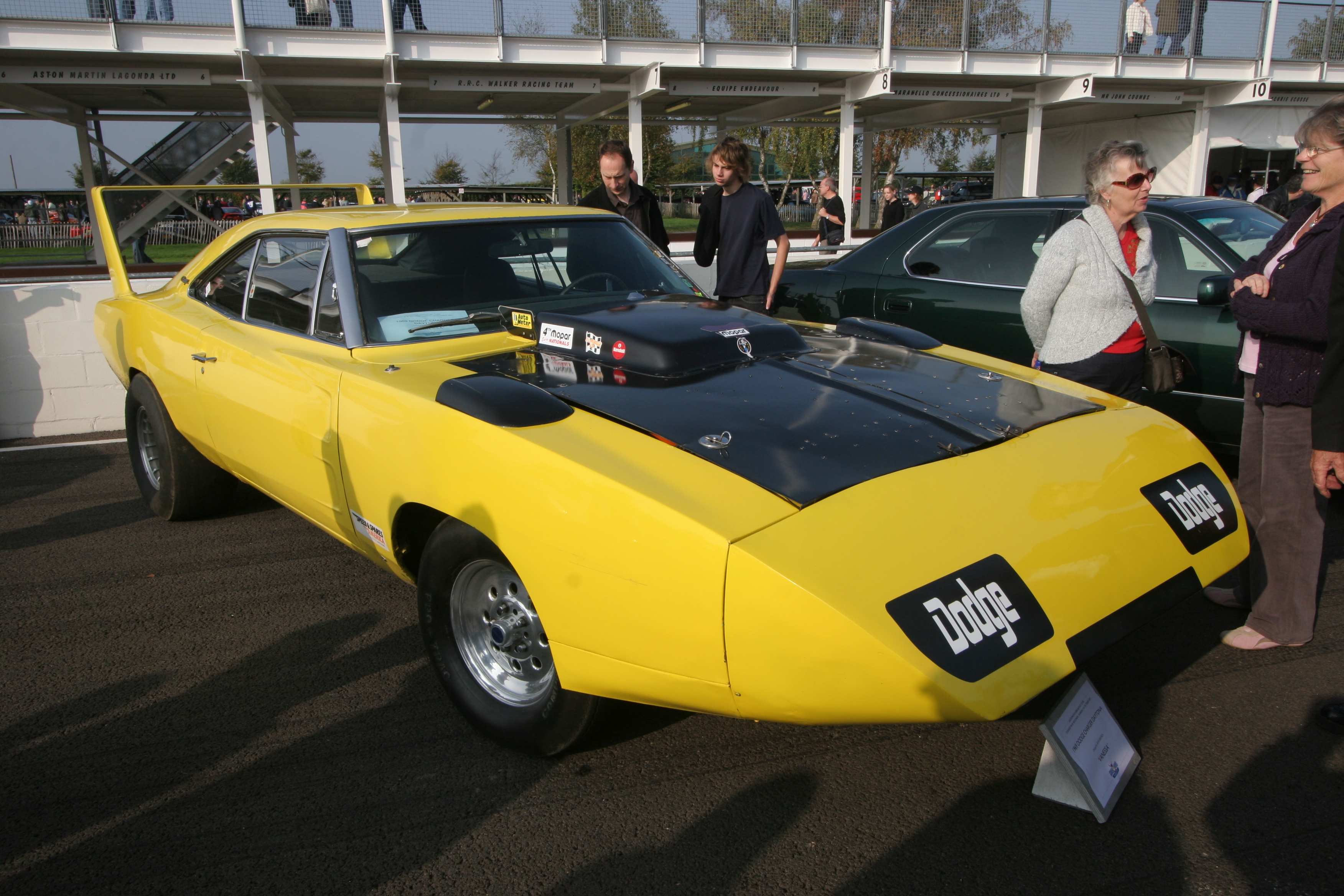
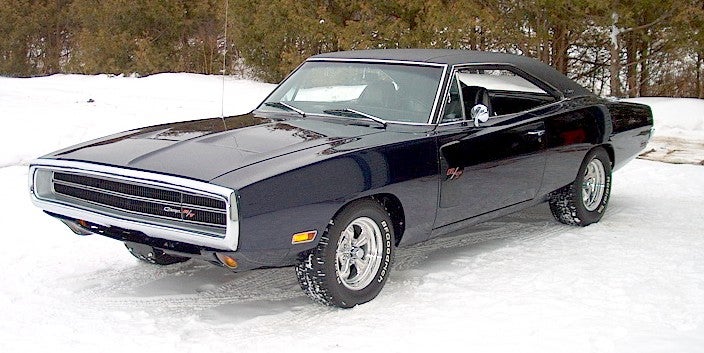
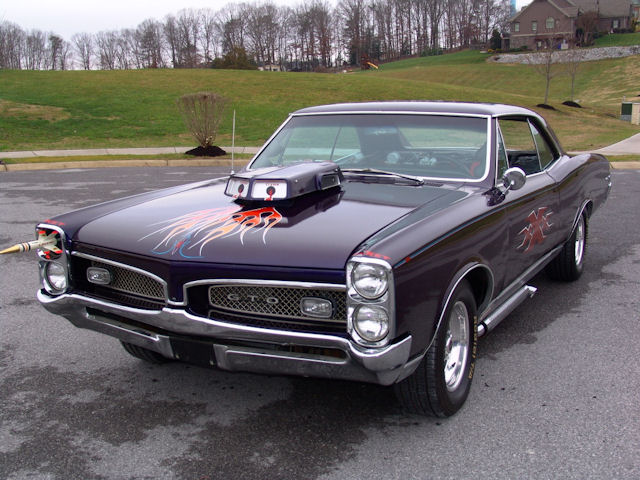
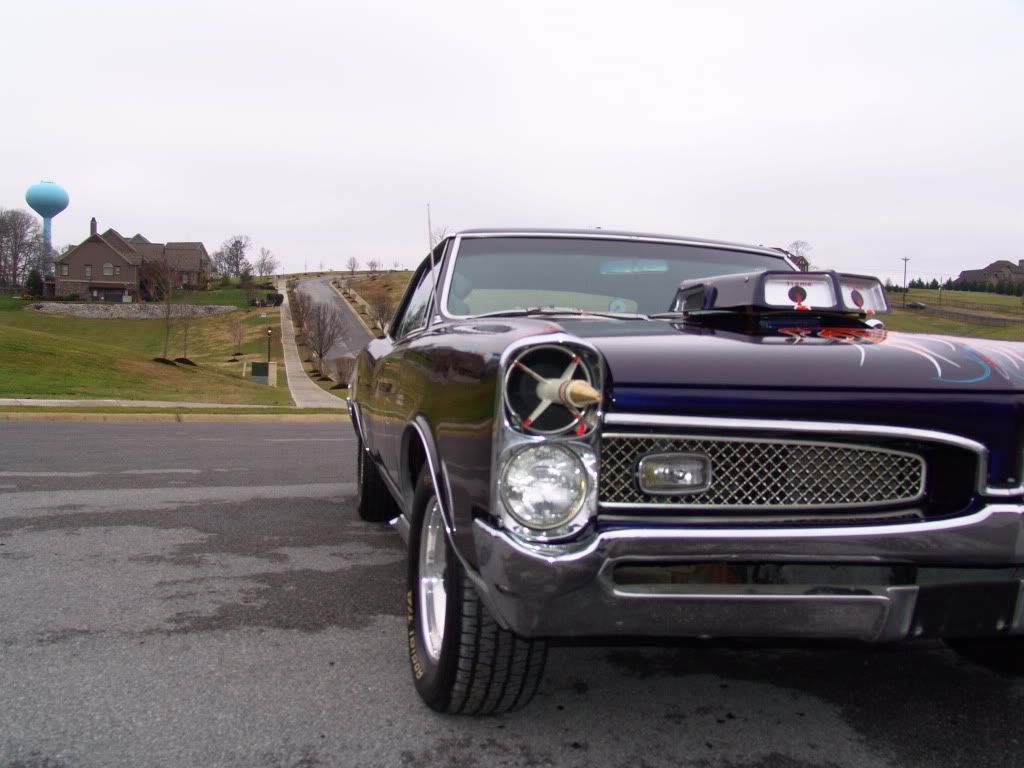
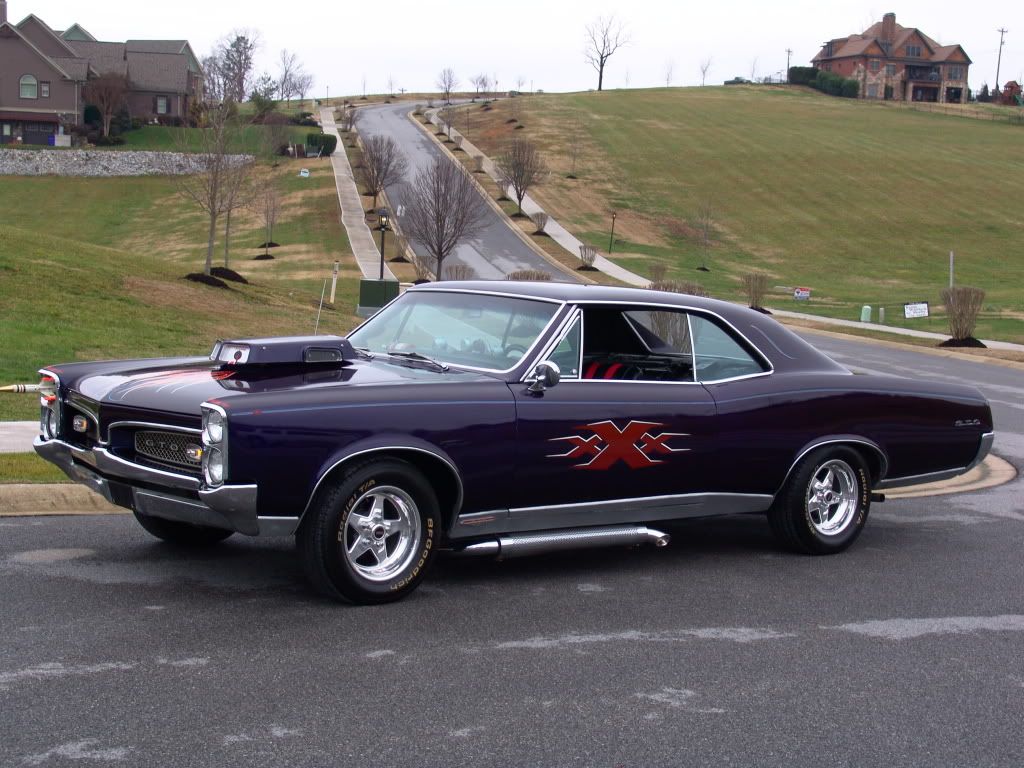

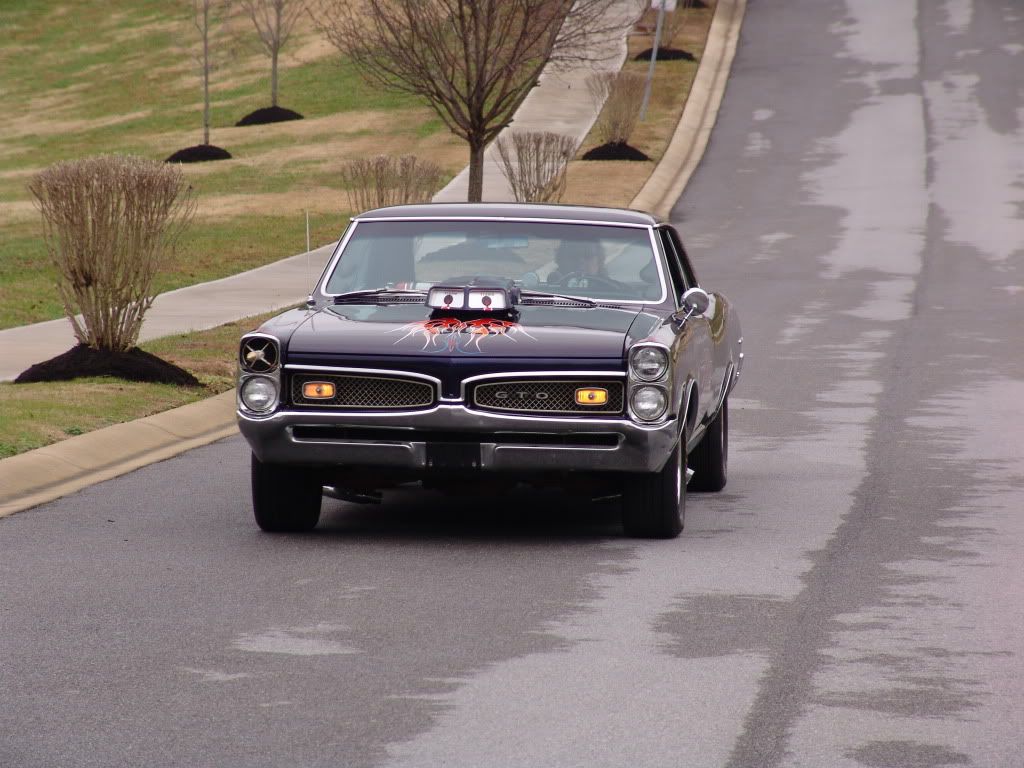
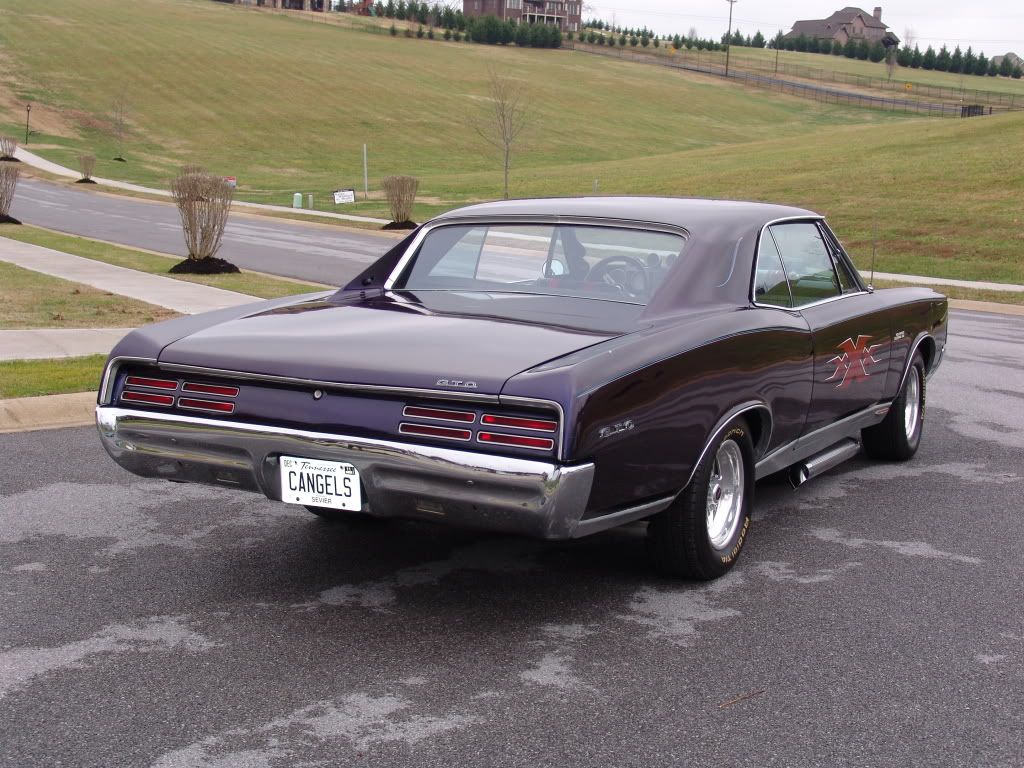
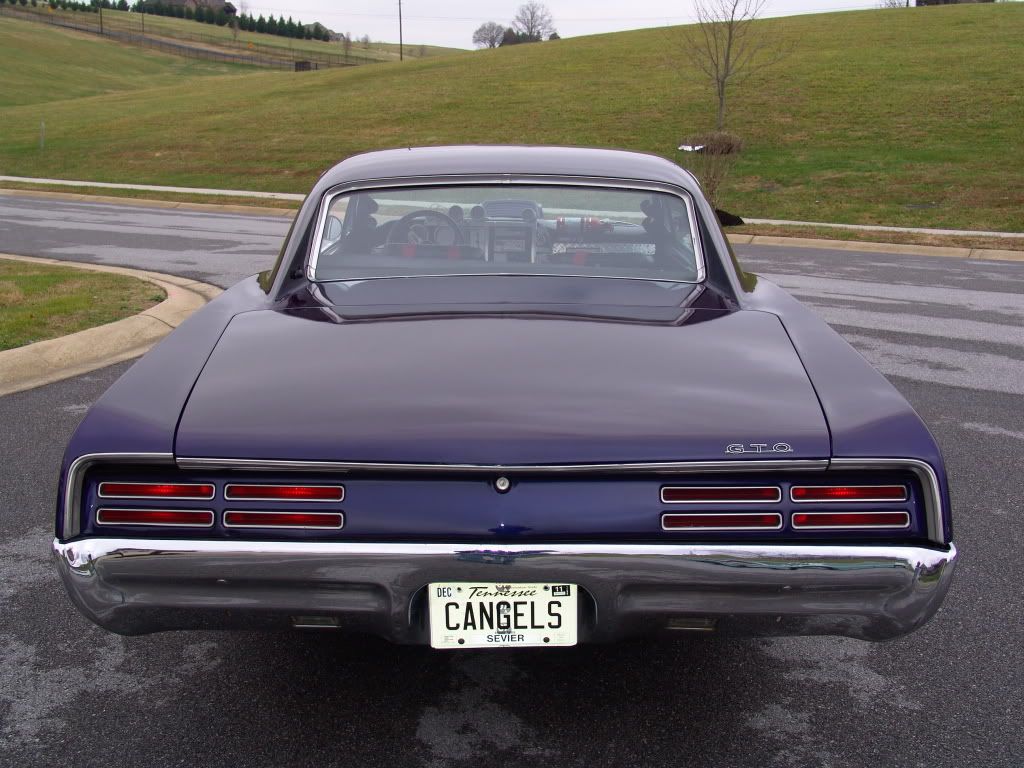
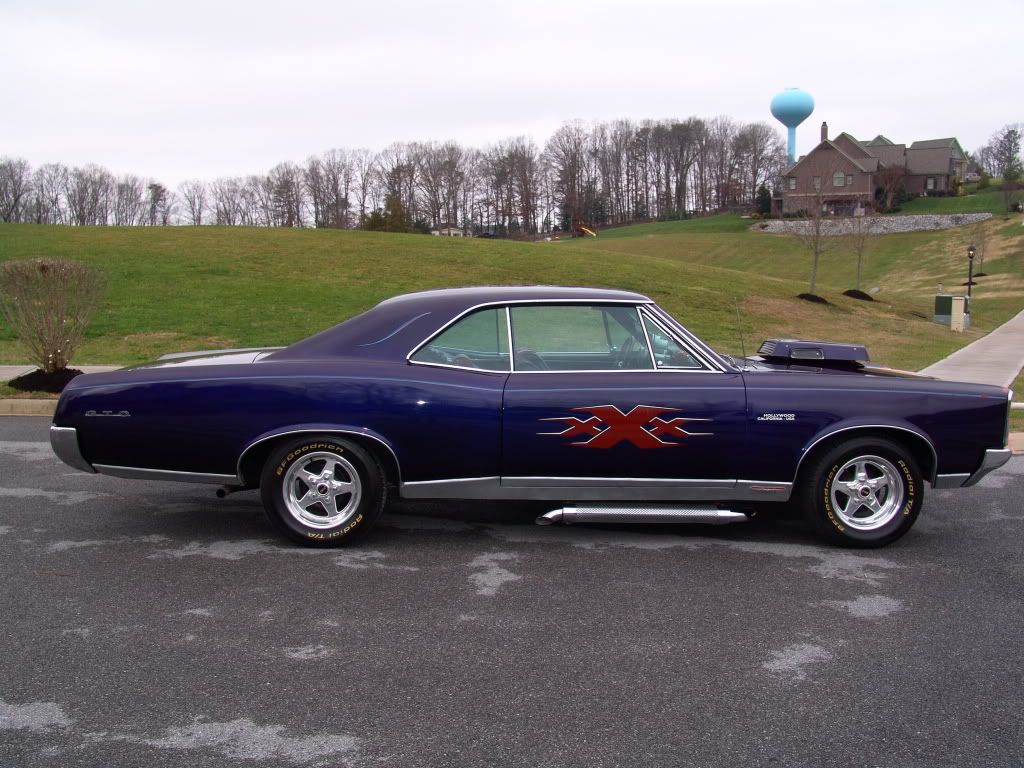
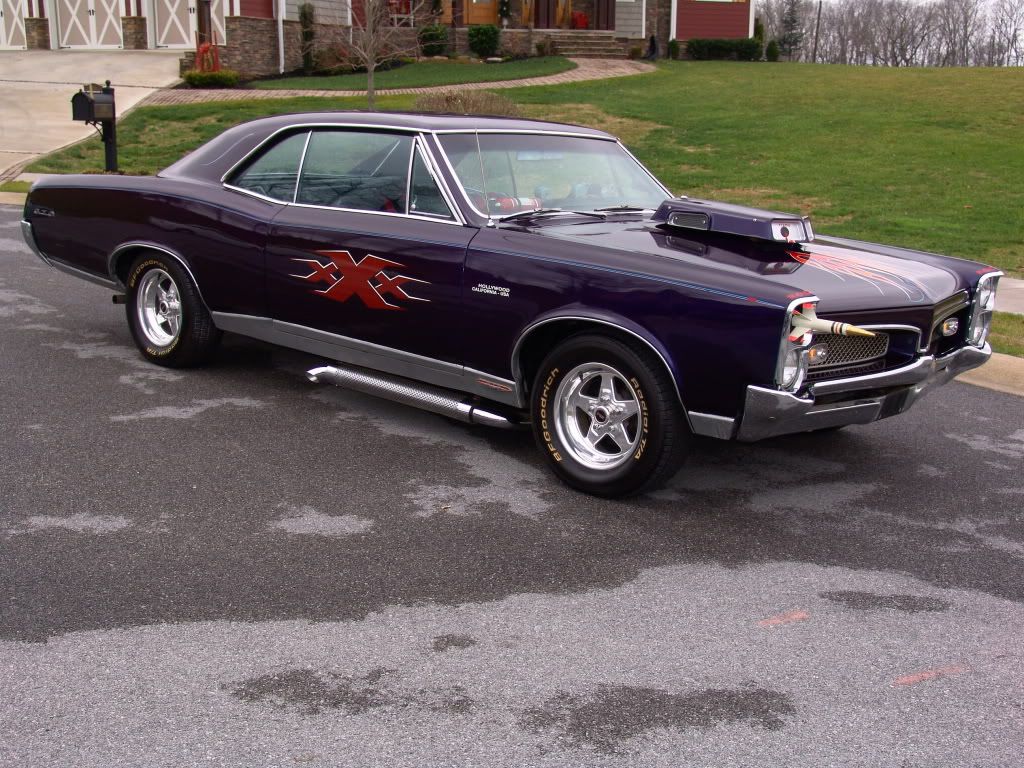
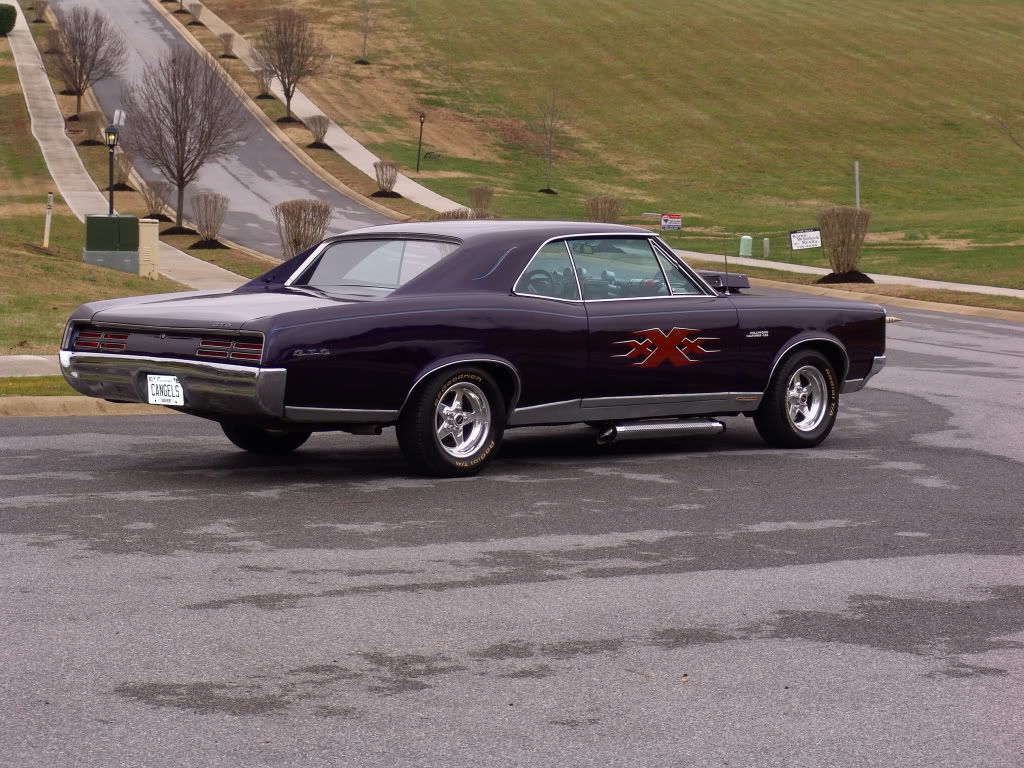











 Carol Lamb’s 1966 Mustang convertible is one of those cars. However, she’s quick to place the credit elsewhere.
Carol Lamb’s 1966 Mustang convertible is one of those cars. However, she’s quick to place the credit elsewhere. great ideas of her own. Either way, her Mustang is now one of the coolest summer cruisers around.
great ideas of her own. Either way, her Mustang is now one of the coolest summer cruisers around. approval. “She was great to work with, super-passionate, and we had lots of similar ideas,” he says of the experience.
approval. “She was great to work with, super-passionate, and we had lots of similar ideas,” he says of the experience. Ford GT40 heads along with Edelbrock fuel injection and MSD ignition.”
Ford GT40 heads along with Edelbrock fuel injection and MSD ignition.” beautifully
restored and original but is far from it. There’s a 2008 Mustang
shifter, while Auto Meter gauges adorn the dashboard.
beautifully
restored and original but is far from it. There’s a 2008 Mustang
shifter, while Auto Meter gauges adorn the dashboard. The
joy of the brand-new injected crate motor is that it starts first time,
every time. It also adds to the car driving every bit as well as one
that’s just off the lot. Since the build was completed late last year,
Carol’s Mustang has travelled around the North Island completely without
trouble. There are not a lot of freshly finished vehicles that will do
that without at least some teething issues.
The
joy of the brand-new injected crate motor is that it starts first time,
every time. It also adds to the car driving every bit as well as one
that’s just off the lot. Since the build was completed late last year,
Carol’s Mustang has travelled around the North Island completely without
trouble. There are not a lot of freshly finished vehicles that will do
that without at least some teething issues.

 that
rodding spirit. Their owners are like Mopar fans, an eclectic bunch who
probably believe that if it’s not a Studebaker, it’s just a bread
baker.
that
rodding spirit. Their owners are like Mopar fans, an eclectic bunch who
probably believe that if it’s not a Studebaker, it’s just a bread
baker. The
only post-importation modification has been the interior sound install,
which was taken care of by the crew at Street Soundz in the capital.
The
only post-importation modification has been the interior sound install,
which was taken care of by the crew at Street Soundz in the capital. wheel,
so critical to the final package, was bold, and akin to the twirler in
terms of capping off the exterior. Polished and smooth, the Centreline
five-spokers at once add contrast to the Forensic Red and enhance the
body trim, which was so painstakingly restored to factory glory. The
16×7 and 16×8-inch front and rear split shod in GT Radials looks tough,
with just enough dish to make you second-guess a traffic light duel, but
not so much as to be budget busting when it comes to getting new
liquorice rings after a few antics at the charity burnout comps.
wheel,
so critical to the final package, was bold, and akin to the twirler in
terms of capping off the exterior. Polished and smooth, the Centreline
five-spokers at once add contrast to the Forensic Red and enhance the
body trim, which was so painstakingly restored to factory glory. The
16×7 and 16×8-inch front and rear split shod in GT Radials looks tough,
with just enough dish to make you second-guess a traffic light duel, but
not so much as to be budget busting when it comes to getting new
liquorice rings after a few antics at the charity burnout comps. Falcon discs up front keep the friction on tap as well.
Falcon discs up front keep the friction on tap as well. pump
was fitted to a Weiand intake manifold, with a K&N filter dropped
down over the top. The engine bay is impeccably presented, with the
braided fuel lines, alloy rocker covers and ceramic-coated headers all
combining to provide a silver lining behind a Forensic Red cloud. A
flexi fan blows onto a heavy duty four-core radiator to keep it all at a
safe operating temperature. The engine bay, while dominated by the
silver centrepiece, is clean and understated with custom inner fenders
and a smoothed firewall surrounding the engine, while ancillaries like
the battery and wiring are all hidden elsewhere.
pump
was fitted to a Weiand intake manifold, with a K&N filter dropped
down over the top. The engine bay is impeccably presented, with the
braided fuel lines, alloy rocker covers and ceramic-coated headers all
combining to provide a silver lining behind a Forensic Red cloud. A
flexi fan blows onto a heavy duty four-core radiator to keep it all at a
safe operating temperature. The engine bay, while dominated by the
silver centrepiece, is clean and understated with custom inner fenders
and a smoothed firewall surrounding the engine, while ancillaries like
the battery and wiring are all hidden elsewhere. the early ’60s that the playing field was evened up in favour of the boys in blue.
the early ’60s that the playing field was evened up in favour of the boys in blue.
 Interior:
Stock interior with new trim and dash painted to match, Mustang wheel
with handmade billeted centre, shortened steering column, Falcon arm
rests, Pioneer head unit, amp, and speakers
Interior:
Stock interior with new trim and dash painted to match, Mustang wheel
with handmade billeted centre, shortened steering column, Falcon arm
rests, Pioneer head unit, amp, and speakers

 Chevy built 491,000 Impalas that year. Only 453 had the SS (Super Sport) package, and of those just 142 got the 409ci engine.
Chevy built 491,000 Impalas that year. Only 453 had the SS (Super Sport) package, and of those just 142 got the 409ci engine. lowering the roof 2-inches and turning it into a two-door. That’s when the money ran out.
lowering the roof 2-inches and turning it into a two-door. That’s when the money ran out. everything was pieced back together.
everything was pieced back together. Overall
the body was in pretty good condition, and after soda blasting there
were just the normal dents from years of use to take care of. As with
most of the build, the panelbeating was done at home, but the task was
handed to Graham McNab who came by to get it sorted. The Impala was also
primed in the garage and only then did it leave home to be painted.
Overall
the body was in pretty good condition, and after soda blasting there
were just the normal dents from years of use to take care of. As with
most of the build, the panelbeating was done at home, but the task was
handed to Graham McNab who came by to get it sorted. The Impala was also
primed in the garage and only then did it leave home to be painted. Now
that the Impala was looking like a million bucks, it was time to give
it the performance to match. The car was rolled in through the front of
the garage, where the 283 engine was pulled out with a chain block
attached to the rafters. The car was then rolled out the back door of
the garage, with the new engine dropped in on the way out to the back
shed — simple.
Now
that the Impala was looking like a million bucks, it was time to give
it the performance to match. The car was rolled in through the front of
the garage, where the 283 engine was pulled out with a chain block
attached to the rafters. The car was then rolled out the back door of
the garage, with the new engine dropped in on the way out to the back
shed — simple. How Low Can You Go?
How Low Can You Go?